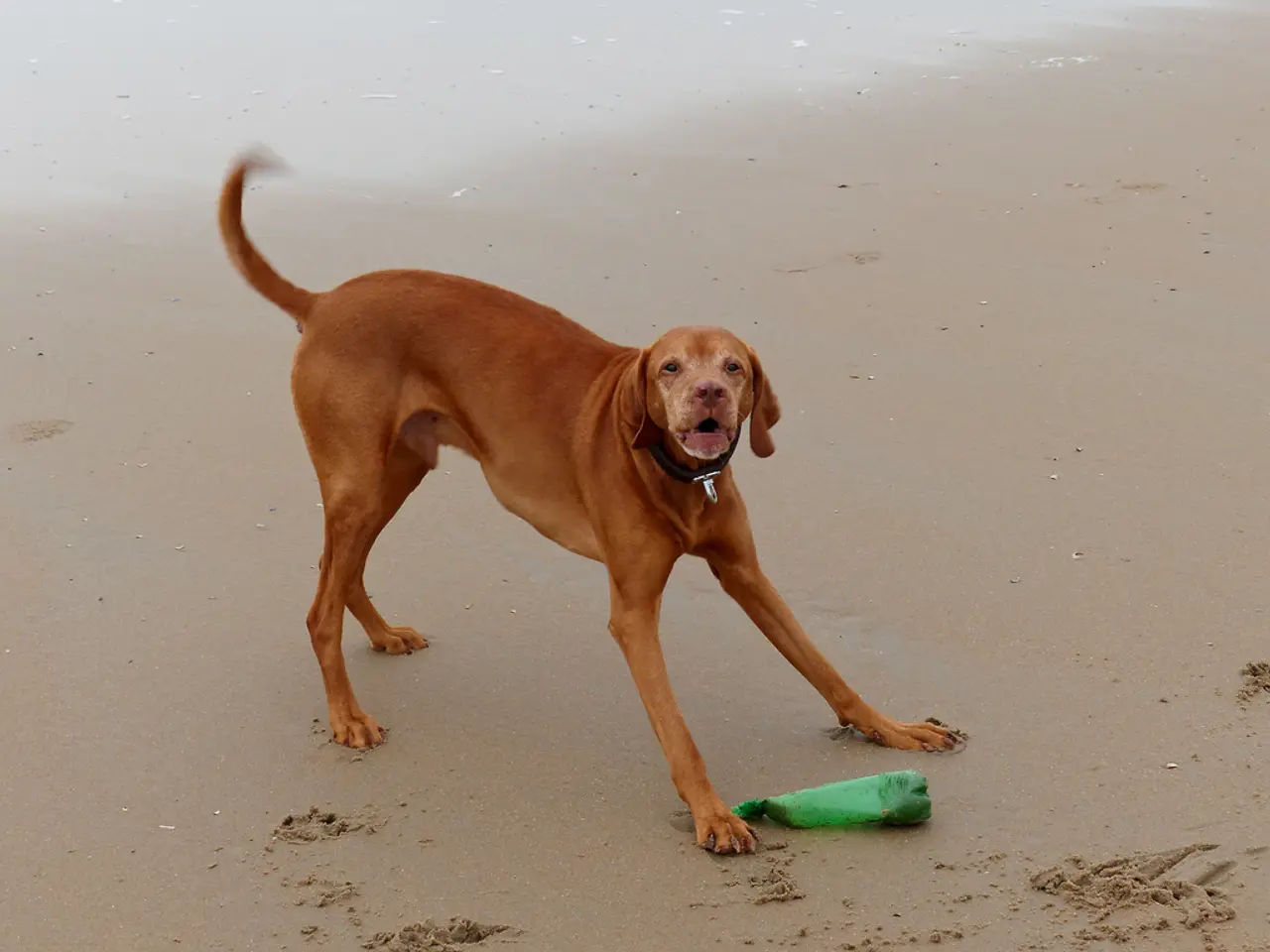Unproductive actions? No, he's engaging in preservation efforts, remaining idle for the purpose of conservation.
In the picturesque landscapes of Germany, a unique group of heroes is making a significant impact in water rescue operations. These are the water rescue dog teams, a combination of highly trained dogs and their dedicated handlers, working together to save lives in bodies of water across the country.
One such remarkable duo is Peter Szibor and his dog Ella, based on the island of Usedom by the Baltic Sea. Ella, a Newfoundland weighing approximately 60 kilograms, is capable of pulling people, boats, and performing better and longer than any well-trained swimmer.
Water rescue dog teams in Germany are affiliated with recognized organizations such as the Deutscher Verband der Rettungshunde (DRV) or local water rescue associations (Wasserwacht), which are part of the German Red Cross or other emergency services. These organizations set standards for training, certification, and operational deployment.
The roles of these teams are diverse, with dogs assisting in searching for missing persons in rivers, lakes, reservoirs, and sometimes in flood situations. They are trained to locate people in distress, alert their handlers, and assist in rescue operations by pointing out locations from the shore or sometimes assisting in water recovery efforts. Handlers like Peter Szibor coordinate closely with emergency responders to mobilize these teams quickly during rescue missions.
The training process for water rescue dogs and handlers is rigorous and comprehensive. Suitable breeds are typically retrievers (Labradors, Golden Retrievers), Newfoundlands, or other water-friendly dogs with good swimming ability, strong drive, and good temperament. Puppies undergo socialization and basic obedience training from a young age.
Basic obedience, water acclimatization, retrieval training, and conditioning for stamina and endurance form the foundational training. Then, dogs undergo specialized rescue training, learning searching techniques, scent work, alert behavior, boat work, and safety drills. Handlers are trained in dog handling, water safety, rescue techniques, first aid, communication skills, and teamwork with rescue services.
Certification and regular testing ensure that teams remain ready for deployment. Equipment such as personal protective equipment for handlers, dog life jackets, communication devices, rescue boats, and flotation aids are essential for these operations.
Peter Szibor and Ella exemplify the standard model of German water rescue teams. Ella's training took 18 months, and she underwent an aptitude test, a social competence test, and a rescue dog exam, which must be renewed every two years. Together, they have been working together for ten consecutive years on the island of Usedom.
While detailed public specifics about Peter Szibor and Ella might be limited, they participate in rescue missions and public demonstrations to showcase the skills and importance of water rescue teams. If you're interested in getting involved with or training a water rescue dog in Germany, more information is available through local water rescue associations.
- Peter Szibor and his dog Ella, demonstrating their skills in home-and-garden settings, also train regularly in their lifestyle centered around water rescue missions.
- Beyond the picturesque landscapes of Germany, where Ella excels in water rescue operations, she exhibits a remarkable aptitude for lifestyles that involve pets and home-and-garden activities as well.




